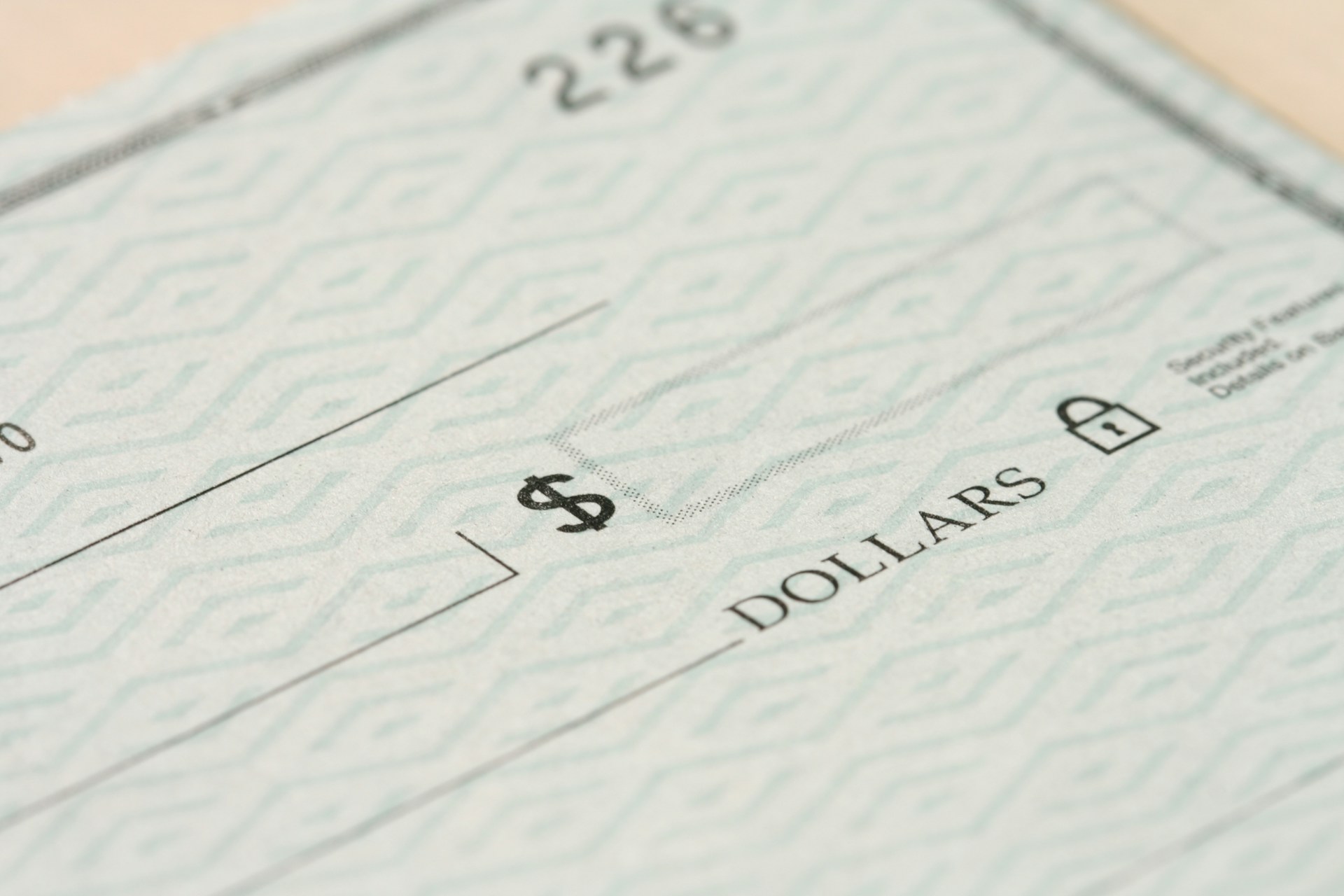Now Reading: The Legal Importance of Writing Checks Correctly: What Every Individual Should Know
-
01
The Legal Importance of Writing Checks Correctly: What Every Individual Should Know

The Legal Importance of Writing Checks Correctly: What Every Individual Should Know
In today’s fast-paced world, writing checks may seem like an old-fashioned way to make payments. However, it remains an important method for many individuals and businesses. Ensuring that a check is filled out properly is not just about following a procedure. It has real legal implications. A single error can lead to returned payments, legal disputes, or even fraud.
In this article, we discuss the importance of writing checks accurately, the legal aspects of each step, and the potential consequences of getting it wrong:
Why Writing a Check Correctly Matters
Writing a check accurately isn’t just a matter of tidiness. It’s crucial for ensuring the check is valid and that payments are processed without delay. Errors, no matter how small, can lead to significant issues. If a check contains incorrect details, such as an invalid payee name, an incorrect amount, or a mismatched date, the check could be returned, resulting in delays or additional fees. Also, incorrect checks may be contested, leading to legal complications that can harm your reputation and financial stability. By following proper procedures, you can avoid these risks and ensure your payments are processed smoothly.
The Basics of Filling Out a Check
Writing a check may seem straightforward, but there are several key components that must be filled out correctly to ensure it is processed successfully. Each section plays a unique role in the check’s validity. Whether you are paying for services or receiving a payment, online resources and platforms can help you understand how to fill out a check correctly.
First, the date is essential because it indicates when the payment is being made. Incorrect dates can cause issues with processing. Second, the payee field needs to contain the correct name of the person or entity you’re paying. If it’s not accurate, the check may not be accepted by the bank.
The amount section is crucial, as it outlines both the written (in words) and numeric amounts, ensuring no discrepancies. Writing the amount in both forms helps prevent errors and fraud. Lastly, your signature serves as your legal authorization to transfer the funds, so it must be correct and consistent with your bank records.
The Role of the Date on a Check
The date on a check is more than just a formality. It’s a legal reference point. The date marks when the payment is being made, and it also helps protect both the payor and the payee. If the check is written for a future date (a postdated check), it cannot be processed until that date arrives. This means that writing an incorrect date can cause delays in payment processing, potentially resulting in overdue payments or disputes. Conversely, writing an outdated date may cause the check to be considered stale, and banks may refuse to process it. Always make sure to double-check the date to avoid any confusion or issues down the line.
Understanding Payee Information
When writing a check, the payee field must contain the name of the person or entity you’re paying. It’s essential that this information is written clearly and correctly to avoid confusion or delays. Mistakes, such as misspelling the name or leaving it incomplete, can lead to the check being rejected. If you’re unsure of how to write the payee’s name, it’s best to double-check any documents or ask the payee for clarification. For business-related payments, it’s equally important to make sure that the company name is spelled correctly and corresponds with their registered name. Clear, accurate payee information is a critical step in ensuring smooth financial transactions.
Writing the Amount in Numbers
The amount section of the check, written in numeric form, is one of the most critical parts. Any mistake here can create confusion, potentially leading to disputes. For example, writing $500.00 instead of $50.00 could cause significant financial discrepancies. To avoid this, write the numbers clearly and double-check them before submitting the check. Additionally, make sure the decimal point is placed correctly. Small mistakes in this section could result in the check being returned, so it’s crucial to take extra care when filling out the numeric amount.
Writing the Amount in Words
The amount written in words is another key part of the check-writing process. This part of the check is used to confirm the numeric amount and provide a backup in case of discrepancies. The amount in words should match the numeric figure you’ve written; if they don’t, the bank will typically follow the written words. For example, if you write “$500” but write “Five Hundred Dollars” in words, the bank will use the words as the correct amount. It’s important to be precise when writing out the words. Use clear and readable handwriting, and if the amount is a whole number, write “only” after the number (e.g., “Five Hundred Dollars and No Cents Only”) to avoid any confusion.
Signature: Your Legal Authorization
Your signature on a check acts as your formal approval for the transaction. This field confirms that you are authorizing the transfer of funds from your account to the payee’s account. It’s essential that your signature matches the one you’ve registered with your bank. If it doesn’t, the bank may reject the check. A common mistake is to sign in a different way or not sign at all. Make sure to sign neatly and consistently, using your full name if that’s how it appears on your bank account. If you’re ever unsure, refer to a previous check or your bank records to maintain consistency.
Writing a check may seem like a simple task, but it carries real legal and financial significance. From ensuring that the date, payee information, and amounts are correct to using the signature and memo line properly, every detail matters. Taking the time to double-check your work can save you from delays, legal issues, and unnecessary fees. By following the guidelines outlined in this article, you can confidently write checks without the fear of making costly mistakes. Remember, if you ever find yourself uncertain, it’s always better to ask for help or void the check and start over. With attention to detail and careful handling, writing a check can remain a secure and reliable way to make payments.










